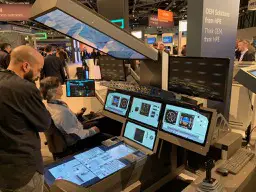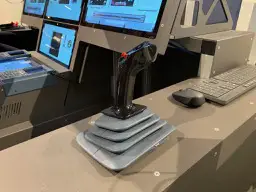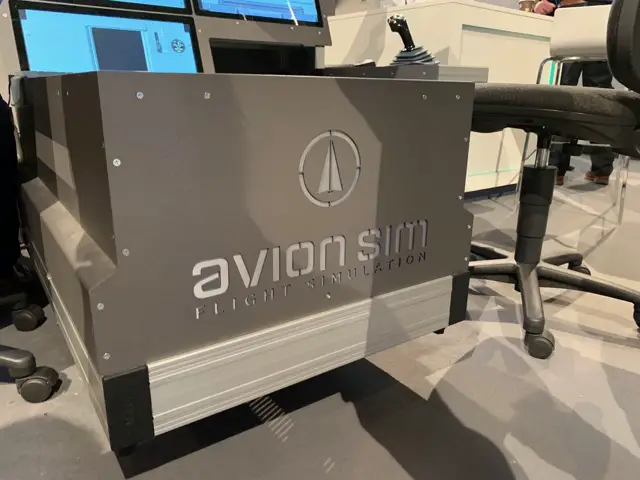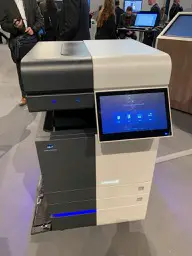Hewlett Packard has a tradition of innovation – from its inventions in a Palo Alto, CA, garage to the current iteration of Hewlett Packard Labs. But one area of innovation exists outside of the research labs and it involves collaboration with original equipment manufacturers (OEMs). OEMs work with HPE to integrate HPE technology into their solution, packaging or final-product.
OEM solutions at HPE uses the off-the-shelf solutions and may slightly modify them for specific use cases. Traditional OEM relationships that may come to mind include video companies that need compute and storage for their software and want to sell a package. Another great example are your traditional appliance OEM relationship – their software on HPE’s rebranded hardware.
But the actual breath of OEM solutions is much greater than I realized. HPE works with lots of companies that are creating their own hardware designs and integrates its compute and storage technologies into the OEM’s original designs.
HPE works with all verticals of business – from fitting servers into medical equipment like MRI machines to infrastructure for video analytic platforms. Some deals fit into traditional racks but require some special considerations – like placing servers into dusty environments or humid environments.
One example on display in the show floor at HPE Discover was a flight simulator. Most traditional flight simulators are built into buildings and cost millions of dollars each. They are fixed and typically only work for a single model of plane. Enter Avion Group. Avion Group set out to create simulators that could easily be transported, repurposed and reused. They worked with HPE to outfit the simulator with traditional IT servers in an integrated rack. The gallery below shows off one of the final products.
Another example was a Konica Minolta multi-function printer. Konica Minolta wanted to make their fancy copier become a server in the office. They dedicated to some of the space in the bottom of the copier to place a full DL380 server to be utilized as a branch server. Most of the adaptation was around heat and fans. The OEM team worked with Konica Minolta to fit the DL380 into the bottom of the copier by adapting the size of the chassis and the fans to be able to make this idea work.
When asked if the Konica Minolta partnership would have been possible pre-split (since HP makes printers), Mike __ said that it certainly was and this particular product was already in creation before the split occurred.
Not only is there a multifunction copier that works as a branch server, Konica is working to create a stand-alone branch server decoupled from the copier concept. In this case, HPE utilized the card form from the Moonshot platform within an appliance that resembles a clock (seen to the side).












